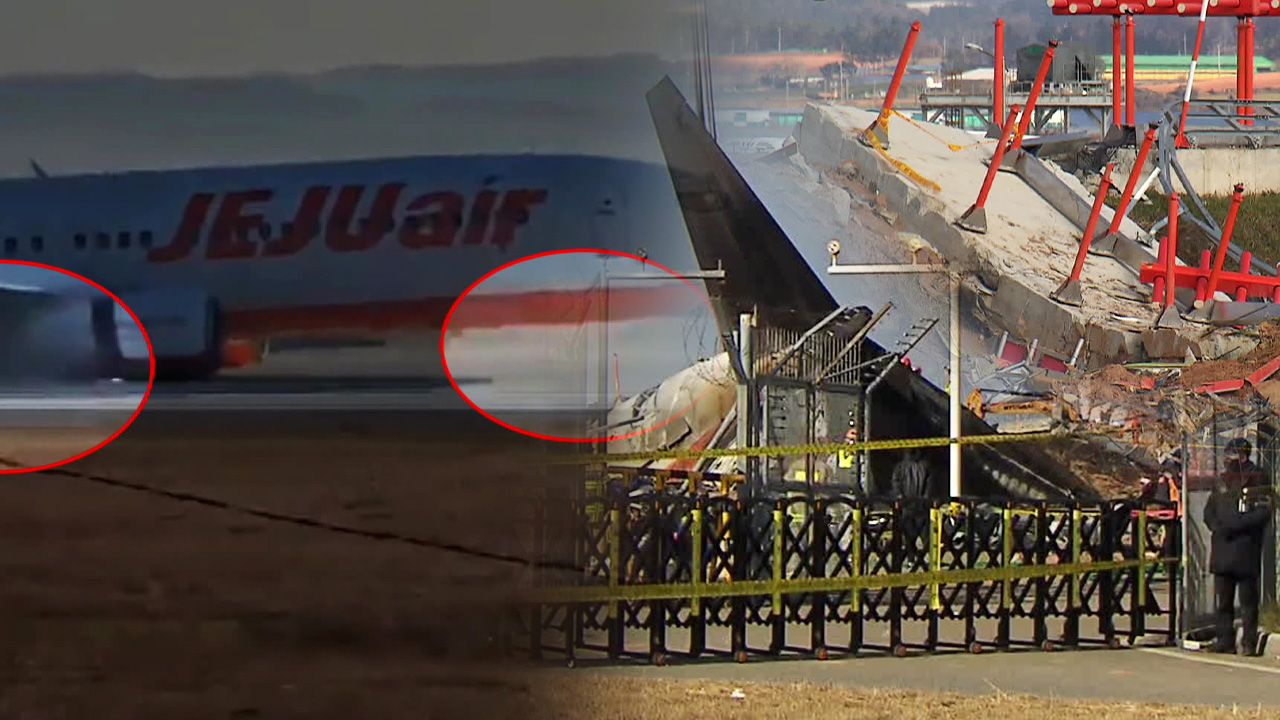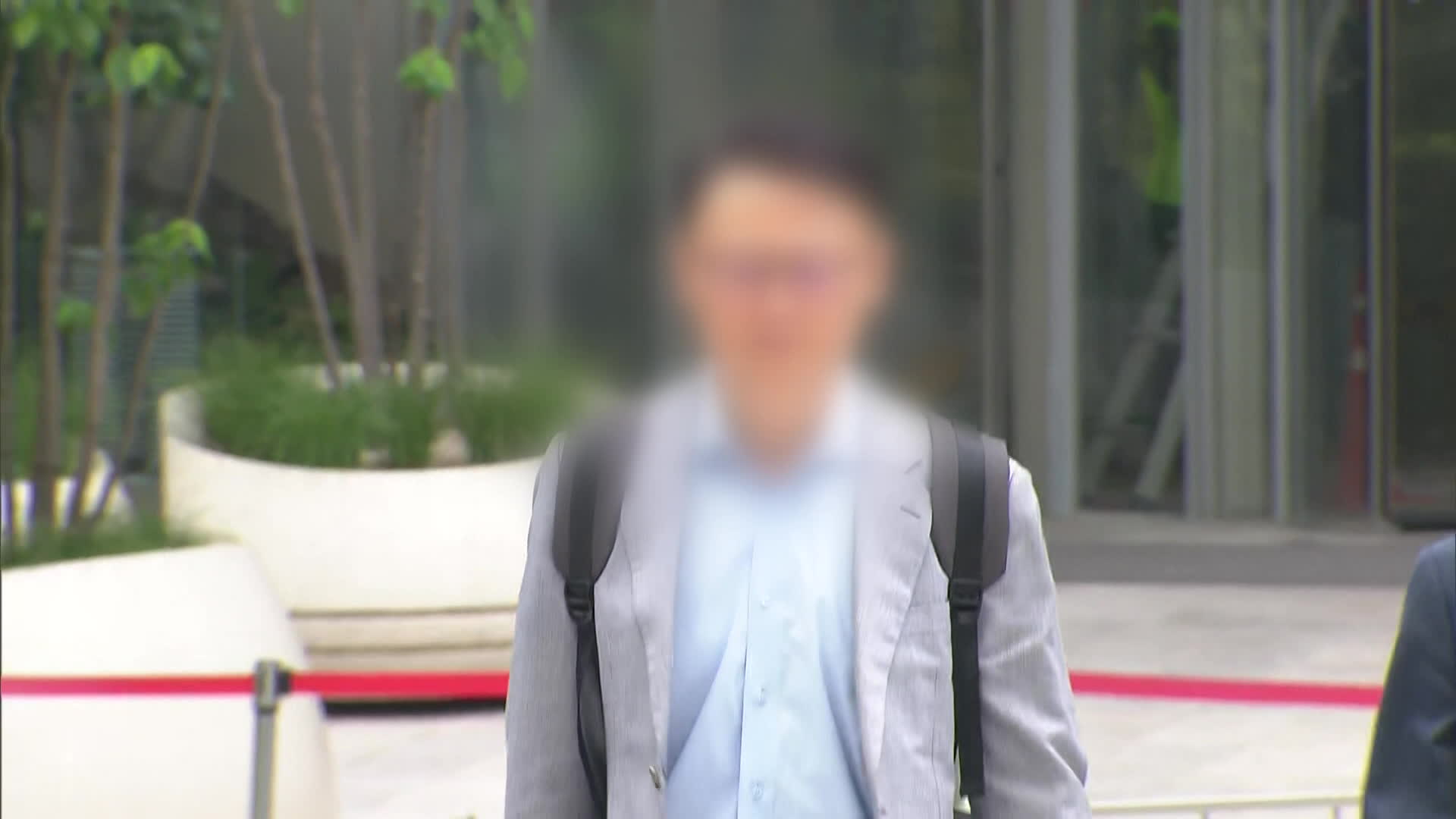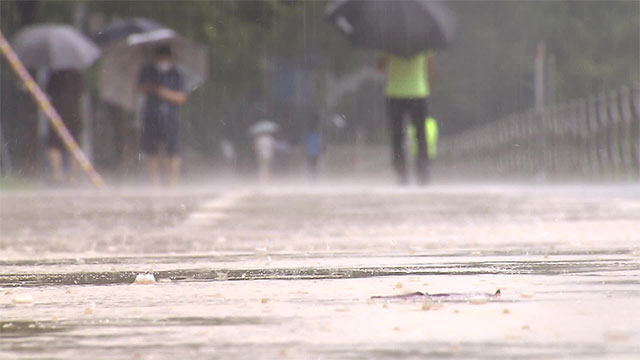Search operations end at Jeju Air tragedy site, investigation continues
입력 2025.01.05 (23:37)
읽어주기 기능은 크롬기반의
브라우저에서만 사용하실 수 있습니다.
[Anchor]
It has been a week since the Jeju Air passenger plane tragedy at Muan Airport, which resulted in the deaths of 179 people.
As the on-site search and recovery of bodies have been completed, the remaining task is to investigate the cause of the accident.
There are still many unresolved questions, starting from the bird strike identified as a potential cause of the accident, to why the landing gear did not deploy, and how much the concrete mound exacerbated the damage.
Reporter Choi Yoo-kyung has summarized the questions that need to be investigated.
[Report]
Flames are seen erupting from the right engine of the aircraft.
This is presumed to be the scene of the bird strike, which is considered the primary cause of the tragedy.
After failing to land for the first time due to the bird strike, the aircraft attempted an emergency belly landing in the opposite direction of the runway it was originally trying to land on.
It is unusual that the landing gear was not be deployed, and even the manual system to lower the landing gear in emergencies did not function.
Experts believe that both engines may have failed, leading to a complete malfunction of the landing gear.
[Go Seung-hee/Professor of Aviation Operations at Shilla University: "The damage to the fan blades (engine blades), and just looking at the feather fragments will determine what kind of bird it was, whether it was a goose or a mallard, and how many there were, and there will definitely be bloodstains..."]
The regulations compliance of the landing guidance facility 'localizer' has also become a point of contention as a contributing factor to the tragedy.
In response to claims that the concrete mound violated relevant guidelines, the Ministry of Land, Infrastructure and Transport stated that it was built outside the safety zone and posed no problem.
However, after it was confirmed that there was a notice requiring the extension of the safety zone to include the localizer, they changed their stance and have yet to provide a clear explanation.
[Joo Jong-wan/Director of Aviation Policy at the Ministry of Land, Infrastructure and Transport/Dec. 3: "It's a very extensive matter. There are various international standards and many laws, and we are currently listening to experts' opinions..."]
Additionally, it has been confirmed that just ten days before the tragedy, concerns about bird strikes were raised during a meeting with Muan Airport officials, which raises questions about whether appropriate preventive measures were taken.
This is KBS News, Choi Yoo-kyung.
It has been a week since the Jeju Air passenger plane tragedy at Muan Airport, which resulted in the deaths of 179 people.
As the on-site search and recovery of bodies have been completed, the remaining task is to investigate the cause of the accident.
There are still many unresolved questions, starting from the bird strike identified as a potential cause of the accident, to why the landing gear did not deploy, and how much the concrete mound exacerbated the damage.
Reporter Choi Yoo-kyung has summarized the questions that need to be investigated.
[Report]
Flames are seen erupting from the right engine of the aircraft.
This is presumed to be the scene of the bird strike, which is considered the primary cause of the tragedy.
After failing to land for the first time due to the bird strike, the aircraft attempted an emergency belly landing in the opposite direction of the runway it was originally trying to land on.
It is unusual that the landing gear was not be deployed, and even the manual system to lower the landing gear in emergencies did not function.
Experts believe that both engines may have failed, leading to a complete malfunction of the landing gear.
[Go Seung-hee/Professor of Aviation Operations at Shilla University: "The damage to the fan blades (engine blades), and just looking at the feather fragments will determine what kind of bird it was, whether it was a goose or a mallard, and how many there were, and there will definitely be bloodstains..."]
The regulations compliance of the landing guidance facility 'localizer' has also become a point of contention as a contributing factor to the tragedy.
In response to claims that the concrete mound violated relevant guidelines, the Ministry of Land, Infrastructure and Transport stated that it was built outside the safety zone and posed no problem.
However, after it was confirmed that there was a notice requiring the extension of the safety zone to include the localizer, they changed their stance and have yet to provide a clear explanation.
[Joo Jong-wan/Director of Aviation Policy at the Ministry of Land, Infrastructure and Transport/Dec. 3: "It's a very extensive matter. There are various international standards and many laws, and we are currently listening to experts' opinions..."]
Additionally, it has been confirmed that just ten days before the tragedy, concerns about bird strikes were raised during a meeting with Muan Airport officials, which raises questions about whether appropriate preventive measures were taken.
This is KBS News, Choi Yoo-kyung.
■ 제보하기
▷ 카카오톡 : 'KBS제보' 검색, 채널 추가
▷ 전화 : 02-781-1234, 4444
▷ 이메일 : kbs1234@kbs.co.kr
▷ 유튜브, 네이버, 카카오에서도 KBS뉴스를 구독해주세요!
- Search operations end at Jeju Air tragedy site, investigation continues
-
- 입력 2025-01-05 23:37:54

[Anchor]
It has been a week since the Jeju Air passenger plane tragedy at Muan Airport, which resulted in the deaths of 179 people.
As the on-site search and recovery of bodies have been completed, the remaining task is to investigate the cause of the accident.
There are still many unresolved questions, starting from the bird strike identified as a potential cause of the accident, to why the landing gear did not deploy, and how much the concrete mound exacerbated the damage.
Reporter Choi Yoo-kyung has summarized the questions that need to be investigated.
[Report]
Flames are seen erupting from the right engine of the aircraft.
This is presumed to be the scene of the bird strike, which is considered the primary cause of the tragedy.
After failing to land for the first time due to the bird strike, the aircraft attempted an emergency belly landing in the opposite direction of the runway it was originally trying to land on.
It is unusual that the landing gear was not be deployed, and even the manual system to lower the landing gear in emergencies did not function.
Experts believe that both engines may have failed, leading to a complete malfunction of the landing gear.
[Go Seung-hee/Professor of Aviation Operations at Shilla University: "The damage to the fan blades (engine blades), and just looking at the feather fragments will determine what kind of bird it was, whether it was a goose or a mallard, and how many there were, and there will definitely be bloodstains..."]
The regulations compliance of the landing guidance facility 'localizer' has also become a point of contention as a contributing factor to the tragedy.
In response to claims that the concrete mound violated relevant guidelines, the Ministry of Land, Infrastructure and Transport stated that it was built outside the safety zone and posed no problem.
However, after it was confirmed that there was a notice requiring the extension of the safety zone to include the localizer, they changed their stance and have yet to provide a clear explanation.
[Joo Jong-wan/Director of Aviation Policy at the Ministry of Land, Infrastructure and Transport/Dec. 3: "It's a very extensive matter. There are various international standards and many laws, and we are currently listening to experts' opinions..."]
Additionally, it has been confirmed that just ten days before the tragedy, concerns about bird strikes were raised during a meeting with Muan Airport officials, which raises questions about whether appropriate preventive measures were taken.
This is KBS News, Choi Yoo-kyung.
It has been a week since the Jeju Air passenger plane tragedy at Muan Airport, which resulted in the deaths of 179 people.
As the on-site search and recovery of bodies have been completed, the remaining task is to investigate the cause of the accident.
There are still many unresolved questions, starting from the bird strike identified as a potential cause of the accident, to why the landing gear did not deploy, and how much the concrete mound exacerbated the damage.
Reporter Choi Yoo-kyung has summarized the questions that need to be investigated.
[Report]
Flames are seen erupting from the right engine of the aircraft.
This is presumed to be the scene of the bird strike, which is considered the primary cause of the tragedy.
After failing to land for the first time due to the bird strike, the aircraft attempted an emergency belly landing in the opposite direction of the runway it was originally trying to land on.
It is unusual that the landing gear was not be deployed, and even the manual system to lower the landing gear in emergencies did not function.
Experts believe that both engines may have failed, leading to a complete malfunction of the landing gear.
[Go Seung-hee/Professor of Aviation Operations at Shilla University: "The damage to the fan blades (engine blades), and just looking at the feather fragments will determine what kind of bird it was, whether it was a goose or a mallard, and how many there were, and there will definitely be bloodstains..."]
The regulations compliance of the landing guidance facility 'localizer' has also become a point of contention as a contributing factor to the tragedy.
In response to claims that the concrete mound violated relevant guidelines, the Ministry of Land, Infrastructure and Transport stated that it was built outside the safety zone and posed no problem.
However, after it was confirmed that there was a notice requiring the extension of the safety zone to include the localizer, they changed their stance and have yet to provide a clear explanation.
[Joo Jong-wan/Director of Aviation Policy at the Ministry of Land, Infrastructure and Transport/Dec. 3: "It's a very extensive matter. There are various international standards and many laws, and we are currently listening to experts' opinions..."]
Additionally, it has been confirmed that just ten days before the tragedy, concerns about bird strikes were raised during a meeting with Muan Airport officials, which raises questions about whether appropriate preventive measures were taken.
This is KBS News, Choi Yoo-kyung.
-
-

최유경 기자 60@kbs.co.kr
최유경 기자의 기사 모음
-
이 기사가 좋으셨다면
-
좋아요
0
-
응원해요
0
-
후속 원해요
0










![[단독] 위성락 실장 “전작권 협상 카드 아냐”…<br>차관 인선 발표](/data/layer/904/2025/07/20250713_krfuHu.jpg)




이 기사에 대한 의견을 남겨주세요.